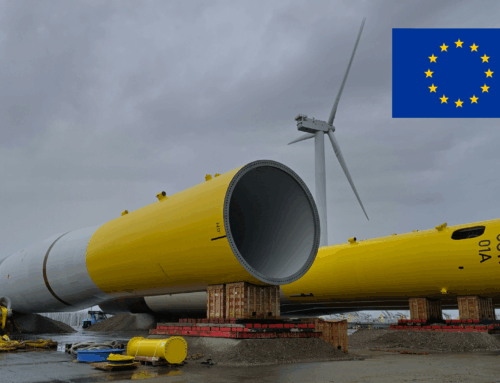Germany and Canada want to work more closely together, not only when it comes to trading goods, but also in the area of the hydrogen economy. On August 23, the hydrogen agreement was signed by representatives of both countries.
The aim is to promote green, i.e. climate-neutral, hydrogen. This is intended to make an important contribution to climate protection.

The hydrogen agreement is one of many steps towards better and greener power supply. (Source: Pixabay)
What does the hydrogen agreement include?
- Cooperation between both countries in the production of green hydrogen
- Establishment of a transatlantic supply chain for green hydrogen
- Establishing uniform standards for cooperation between countries and ports
- Target: First deliveries from Canada to Germany from 2025
The agreement is being promoted as a lighthouse project and is being supported accordingly by task forces consisting of industry representatives.
When are the hydrogen trucks coming?
A study by the German Academy of Science and Technology and the Society for Chemical Technology and Biotechnology comes to the conclusion that in the future hydrogen will be used primarily in large means of transport. This means heavy trucks, shipping or air traffic. According to the study, six to 33 percent of Germany’s energy requirements for mobility will be covered by hydrogen in 2045.
Source: Handelsblatt (German)





